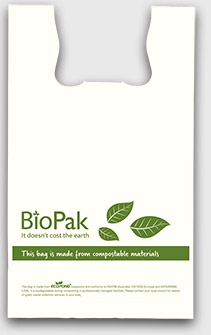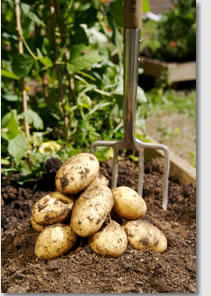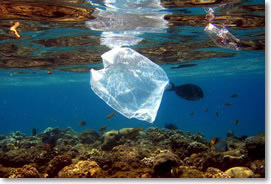 truly biodegradable productS
truly biodegradable productS
Biodegradable Goods supplies a range of BIO-DEGRADABLE and COMPOSTABLE products:
- all of these products are produced from vegetable starch
- all bags comply with Australian and European standards for commercial compostability.
Our products differ greatly from those described as DEGRADABLE. People are often shocked to find out the difference. DEGRADABLE plastic products simply have an additive that over time will break the product up into smaller pieces. These pieces may then take many, many decades to disappear.
If you see the term 100% degradable or the trademark EPI on a bag, then you will know it is simply a plastic bag that has been chemically treated and will only breakup into smaller pieces.
Our products may perform like standard plastic products in that they can have a normal shelf life, however the bags are designed to break down in the presence of micro-organisms which are found in landfill, compost and in fresh and
salt water.
“Clean up Australia”
and “Planet Ark” suggest:
- Estimates that 100,000 whales, seals and other marine creatures are killed each year by plastic bags that end up on our beaches and in our waterways.
- That just under 21,000 tonnes of plastic are disposed of in landfill sites throughout Australia every year.
- Plastic bags have a lifespan of between 20 and 1000 years and in Australia, we use around 7 billion plastic bags annually.
The Trash Vortex:
 The areas of the Pacific Ocean shown in yellow dots contain a plastic to plankton ratio of six to one!
The areas of the Pacific Ocean shown in yellow dots contain a plastic to plankton ratio of six to one!



 truly biodegradable productS
truly biodegradable productS

 The areas of the Pacific Ocean shown in yellow dots contain a plastic to plankton ratio of six to one!
The areas of the Pacific Ocean shown in yellow dots contain a plastic to plankton ratio of six to one!